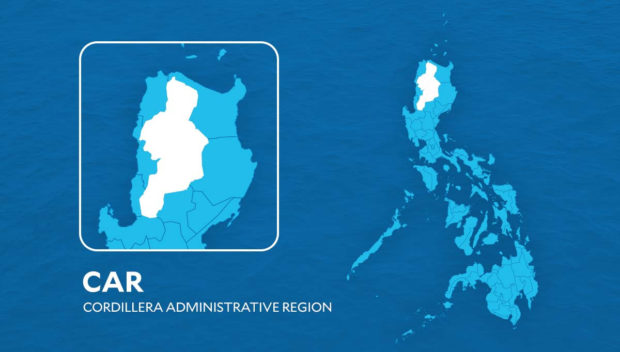DSWD: 17 in every 100 Cordillera households poor
BAGUIO CITY, Benguet, Philippines — Seventeen families out of every 100 households in the Cordillera remained poor and eligible for the government’s social protection programs despite improved poverty conditions in the region, according to data gathered by the Department of Social Welfare and Development (DSWD).
The 2021 “Listahanan” (household list) by the agency’s National Housing Targeting System for Poverty Reduction (NHTSPR) showed the region has a total of 46,702 poor families, which was fewer than the original 77,811 poor households recorded in 2012.
The DSWD’s second Listahanan in 2017 recorded a second poverty downtrend, with poor households numbering 64,633.
The improved poverty conditions in the provinces of Ifugao, Abra, Mountain Province, Kalinga, Benguet, and Apayao, as well as in Baguio City, correlated with the findings of the Philippine Statistics Authority (PSA), which also recorded a drop in the number of poor families last year, said Leo Quintilla, Cordillera director of the DSWD, who presented the Listahanan findings on Tuesday.
According to Quintilla, Cordillera reflected the lowest rate among 17 regions in connection with the poverty incidence among the population in 2021, with a drop to 9.9 percent last year from 12.1 percent in 2018.
Article continues after this advertisementLowest
The third Listahanan also revealed that the Cordillera registered the lowest number of poor households among 17 regions, accounting for 17 percent of the 268,141 highland households assessed by the NHTSPR.
Article continues after this advertisementCordillera’s latest poor population is entitled to programs like the Pantawid Pamilyang Pilipino Program or 4Ps. This is a conditional cash transfer (CCT) system that provides monthly stipends of up to P1,400 to impoverished households, provided they keep as many as three of their children in school.
The CCT beneficiaries are also required to bring their children to the closest government clinics or barangay health facilities for routine medical examinations. The earliest version of 4Ps was launched in Abra province in 2008 by then-President and now Pampanga Rep. Gloria Macapagal-Arroyo.
Quintilla described Listahanan as “the first of its kind in Philippine data management, which identifies and analyzes who and where the poor are.”
Establishing a comprehensive database for the poor has helped government agencies, among them the Philippine Health Insurance Corp., design programs that would improve their economic status, he said.
‘Adequate’
According to PSA chief statistician Aldrin Federico Bahit Jr., families were classified as poor if their monthly income was lower than the Cordillera poverty threshold of P11,793.
Bahit said this amount represented the “adequate minimum earning for a family’s basic needs” in the upland communities.
Abra, which was struck twice by major north Luzon earthquakes this year, had the highest poverty incidence in 2021 with 15.8. But the rest of the provinces saw their poverty numbers fall.
